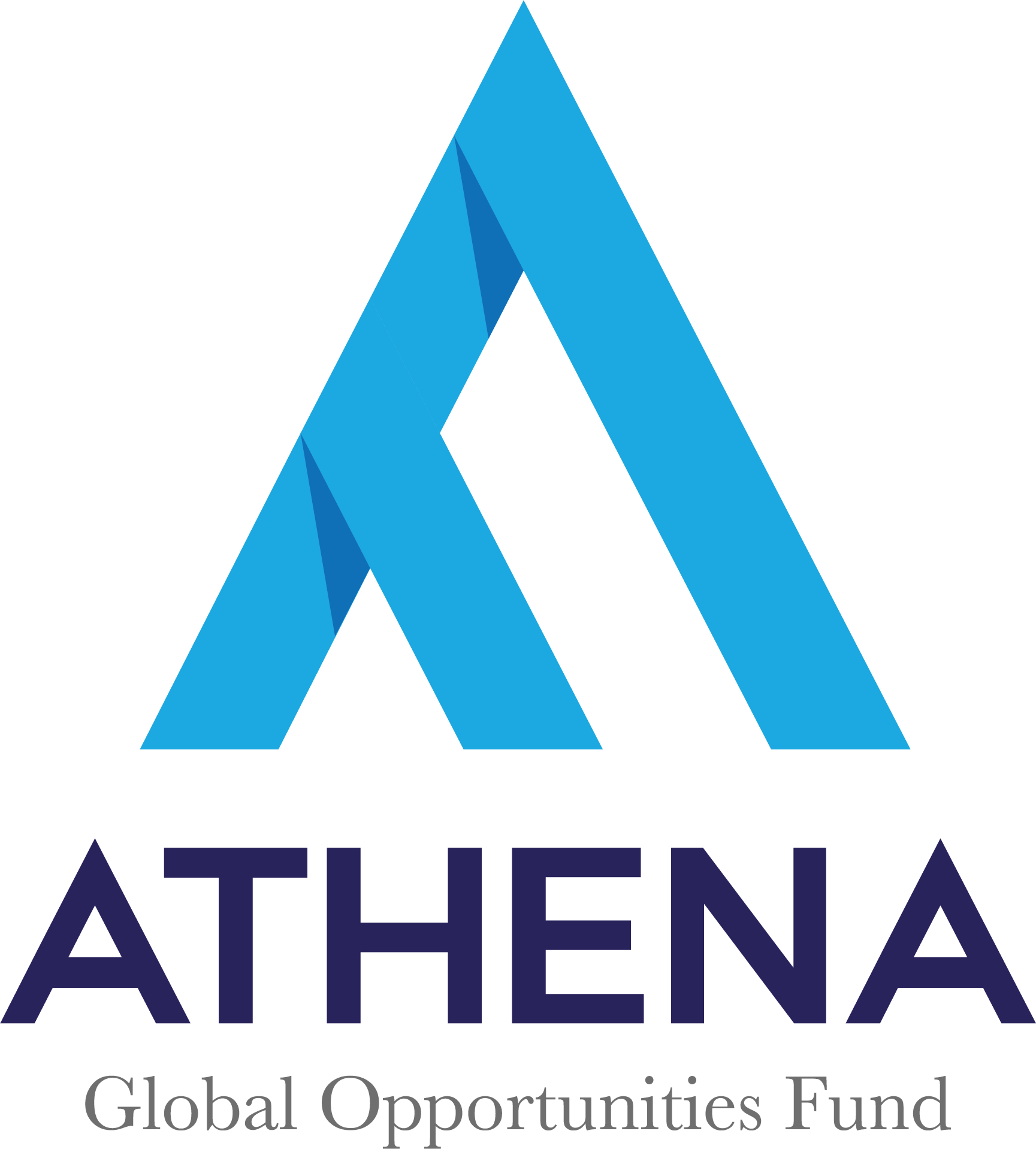Every asset class has its attractions, how each asset class performs in investment terms is influenced to a greater or lesser degree by prevailing economic and market conditions along with other circumstances and events. While some asset classes move up or down closely together, others remain unmoved or do exactly the opposite. So that as the fortunes of one asset class begin to wane, one or more of the other asset classes is usually in the ascendant and vice versa. The linkage – or lack of it – between each asset class is referred to as ‘correlation’; closely correlated asset classes usually move together in the same direction, while asset classes that are less correlated, don’t.
By combing a range of asset classes in one fund, the sharp ups and downs of each asset class can be ‘smoothed out’ by the other asset classes and as a consequence, the fund’s overall investment performance becomes steadier and smoother.
As well as reducing volatility, modern portfolio theory also shows that higher returns can be achieved (on a comparable risk basis with other funds) by bundling non-correlated investments together in one fund. In other words, the smoothing effect of multi asset investing does not compromise a fund’s ultimate performance potential.

